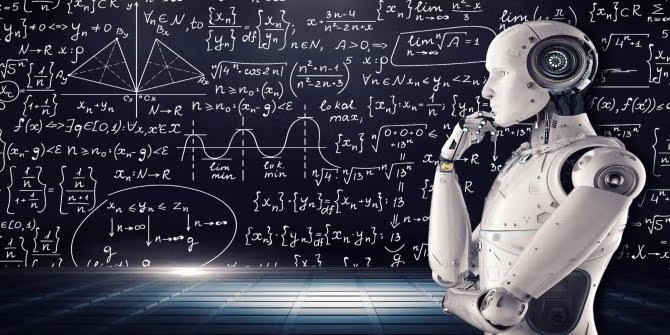
How can we design and engineer sports venues of the future that practice sustainability? According to the Green Sports Alliance, 17% of the world's population follows science but about 80% follow

This is lesson can be used alone to introduce the engineering design process. This lesson is 1 of 2 in an Engineering and Sustainable Design Unit focused on sustainability and sports. Students learn
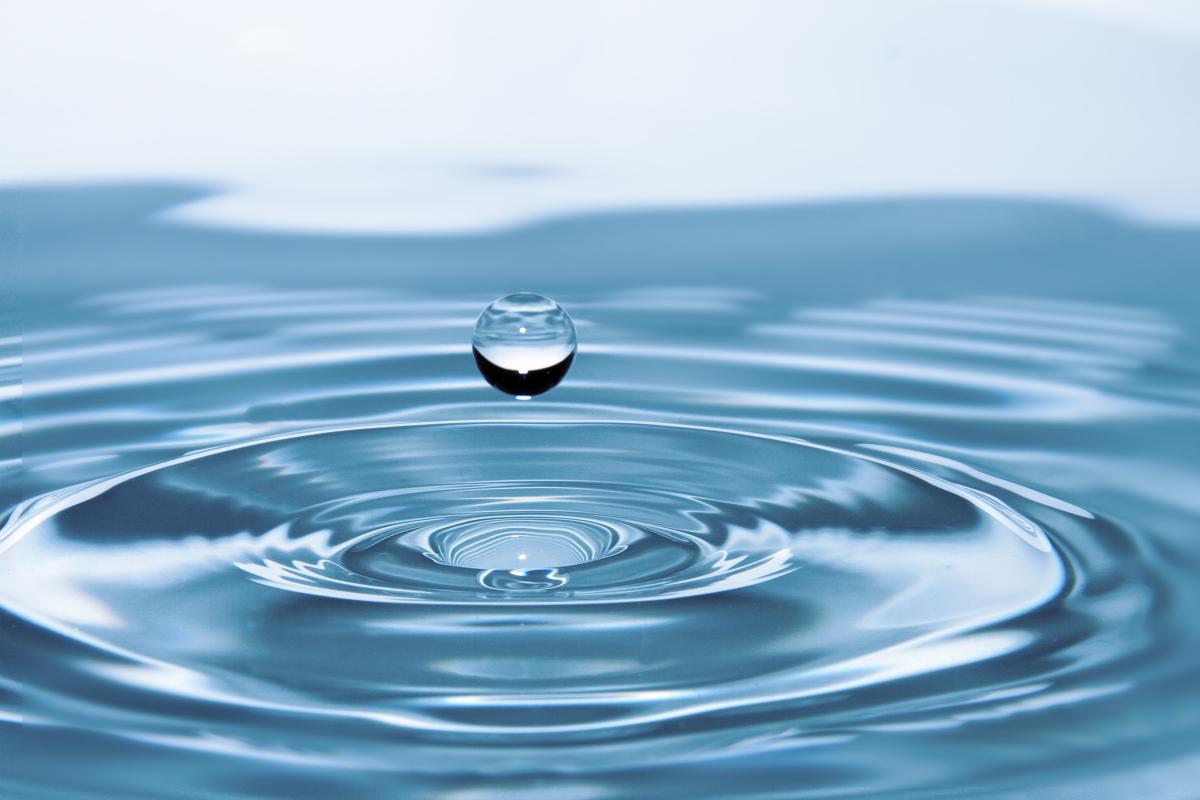
This hands-on lesson asks students to design and build a storage system that utilizes excess rainwater for the purpose of reuse in a garden. Students explore science, math, and engineering principles

In this lesson, students will learn about the history of flight and the technological advancements that led to modern aviation. Students will learn about how the study of birds and other flying

In this lesson students will learn about water filtration and how to filter simulated Martian water. Students will build water filters and use the engineering design process. This is the 2nd lesson in

This lesson is Part 2 of an engineering challenge. In Cooling Structure Challenge Part 2 students will use what they learned when they designed, built, and tested their prototype in Part 1. Often we
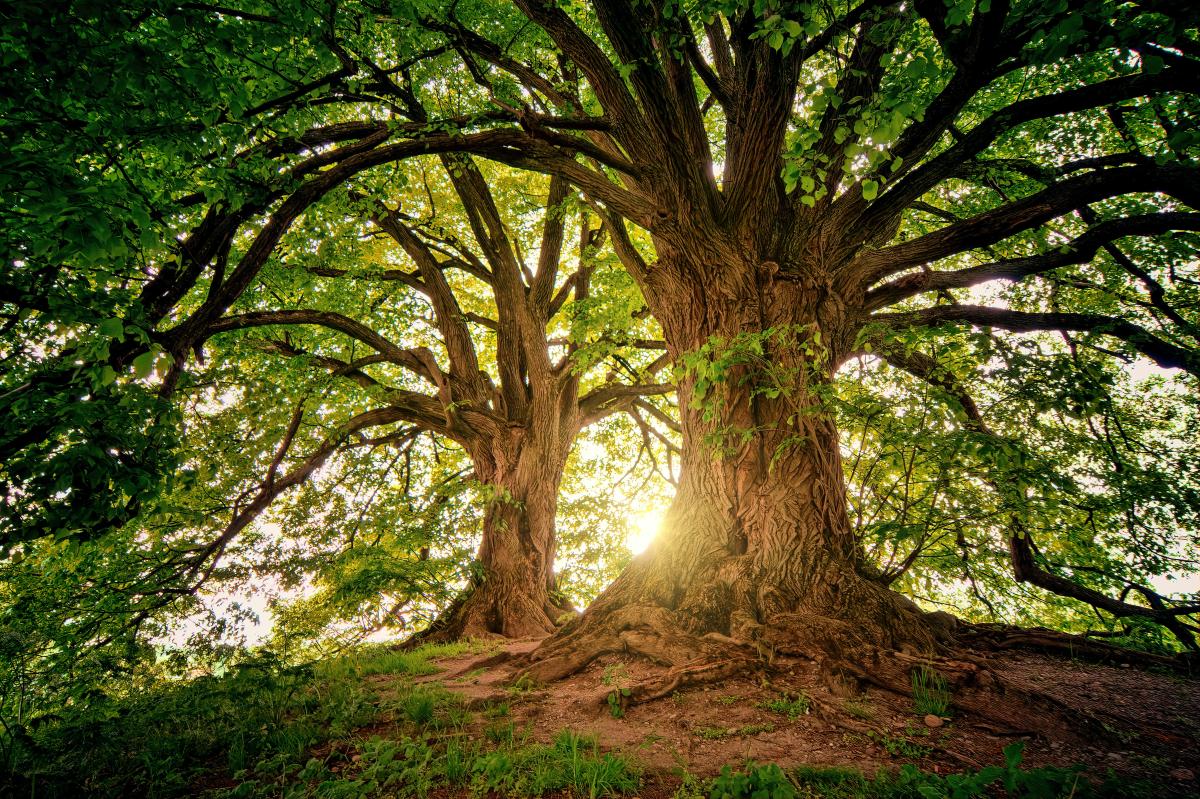
Students use GIS and analyze another digital map before constructing a model to explain human impacts on different biomes across the globe.

This is a four part STEM project that incorporates several of the fifth grade math & science standards. Time allowance is one-two weeks. Students are given the opportunity to research an animal

Students play a game to model and graph the effects an invasive species on a local ecosystem before analyzing a case study and completing a research project.

This STEM lesson takes place in a science classroom after students have explored the differences between substances (in the solid, liquid, and gas states), and energy transfer. It is intended to last
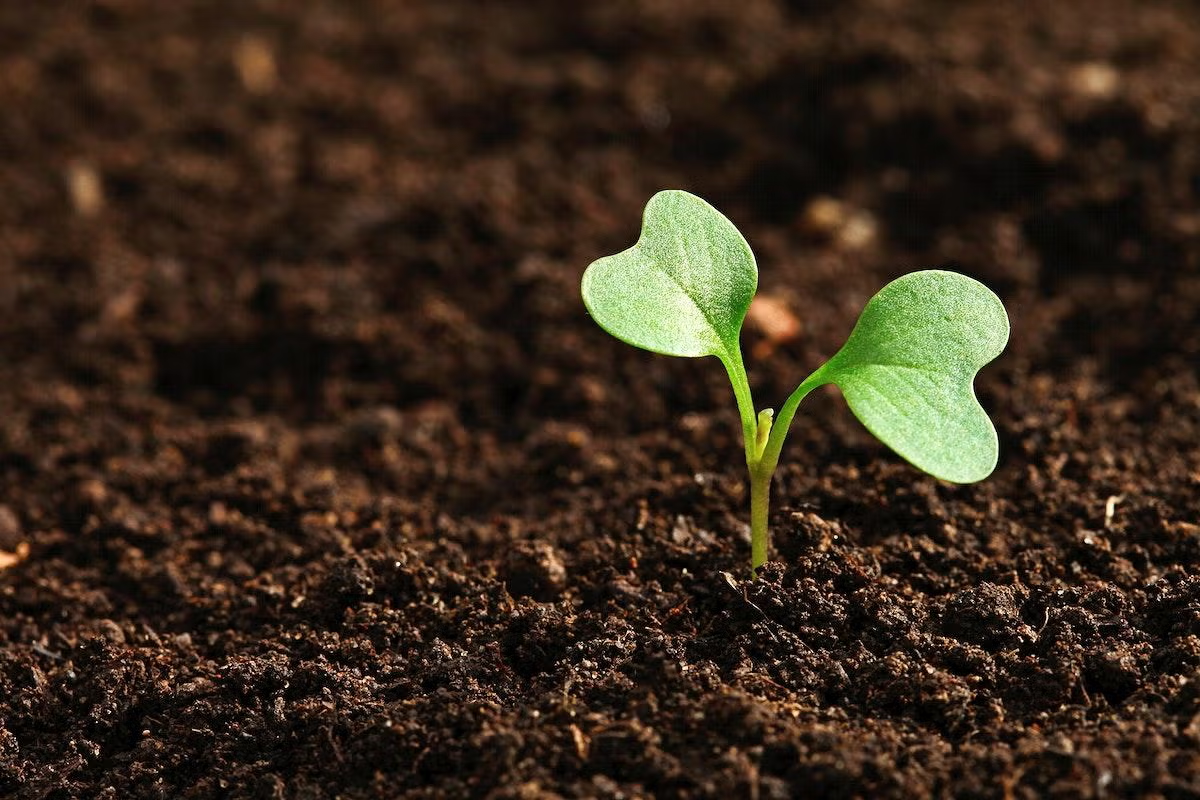
Using "The Yummy Alphabet Book" as a read aloud/ discussion starter, students will investigate the growth and taste of cilantro by growing it from seed to compare/contrast the function, size, and

Quail Farming
Students will learn about the three pillars of sustainability through their quail farm. They will incubate, raise and restock their quails in order for them to be sustainable regardless of what

Students take on the roll of working for an ad agency, creating a new experience that tours the human body. Students will pick one body system and create an entertainment venue that has attractions

Students research desert organisms and create a dynamic food web system model using Loopy.
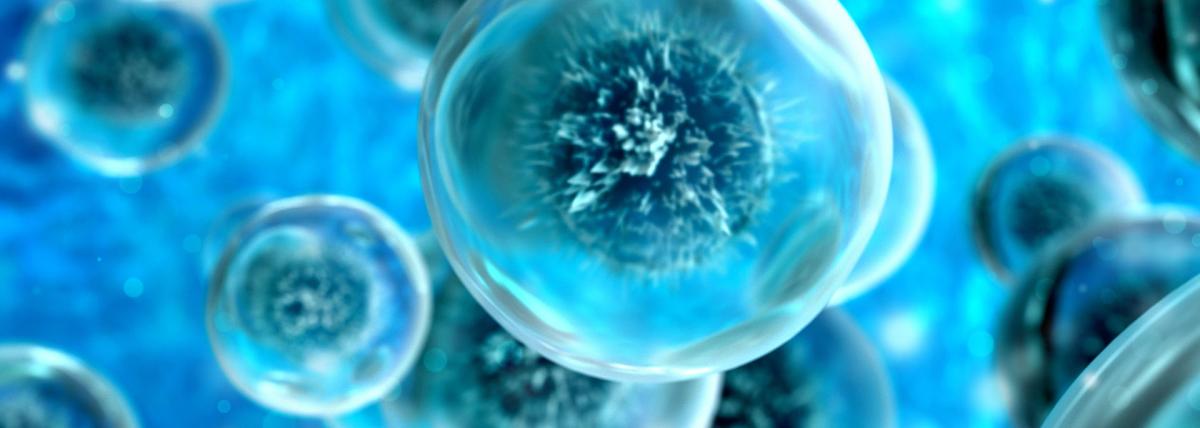
Students will use inquiry to see the conversation of energy by burning up oxygen and sugars to see Carbon Dioxide present in a system and create energy.

This lesson takes place in a classroom for 3 hours, where students will work in small groups of 2-3. to design and create 3-dimensional models of either a plant cell or an animal cell. This lesson

Students will build an ice snowman and a house for him to live in. They will collaborate to design a structure to keep him from melting. This project uses basic materials to study insulation and

This hands-on and engaging lesson followed a unit on the Gingerbread Man. Students were challenged to build a bridge to get the Gingerbread Man safely across the body of water, so he doesn't get eaten

Students will learn about Tony Sarg, the Puppeteer of Macy's Thanksgiving Day Parade and will learn the history of the parade. Students will then design and create their own balloon character for a
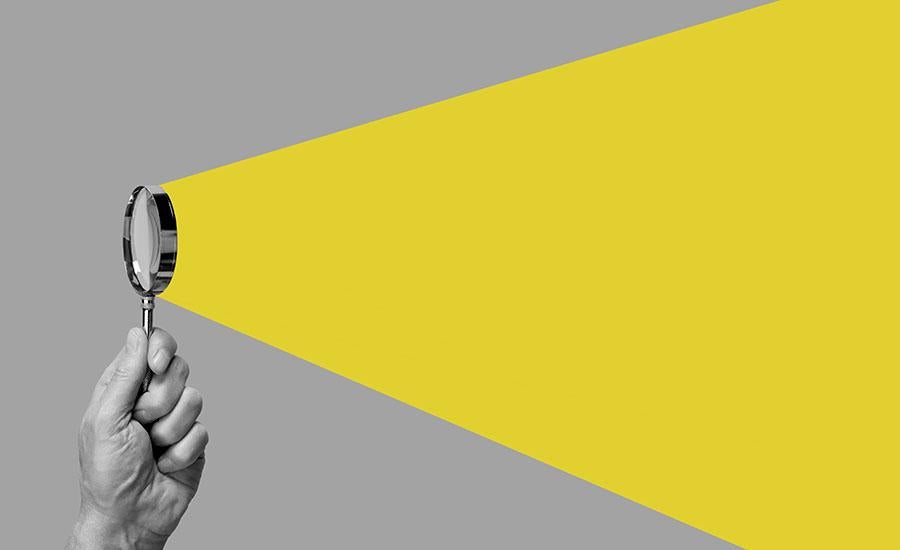
In this activity, students read about discovering energy and the impact encountered by ships at sea. Students will have the opportunity to read about how lighthouses can solve those problems and

As an intro to Thermal Energy, students are challenged to create a warmer that will keep my coffee warm. Students project will be tested in class, data will be collected, compared, and graphed.

What is biomimicry? What's wrong with Pringles cans? Students explore these questions in the lesson. They will read an article about Pringles cans before using biomimicry to design a new can.

This is a series of lessons where students will observe natural activities in the garden for five days. From the observation, they will identify the factors that have high probability of causing

In this lesson, students will participate in a hands-on activity to learn about area and perimeter while also learning about structures and functions of plants by designing a garden space that


